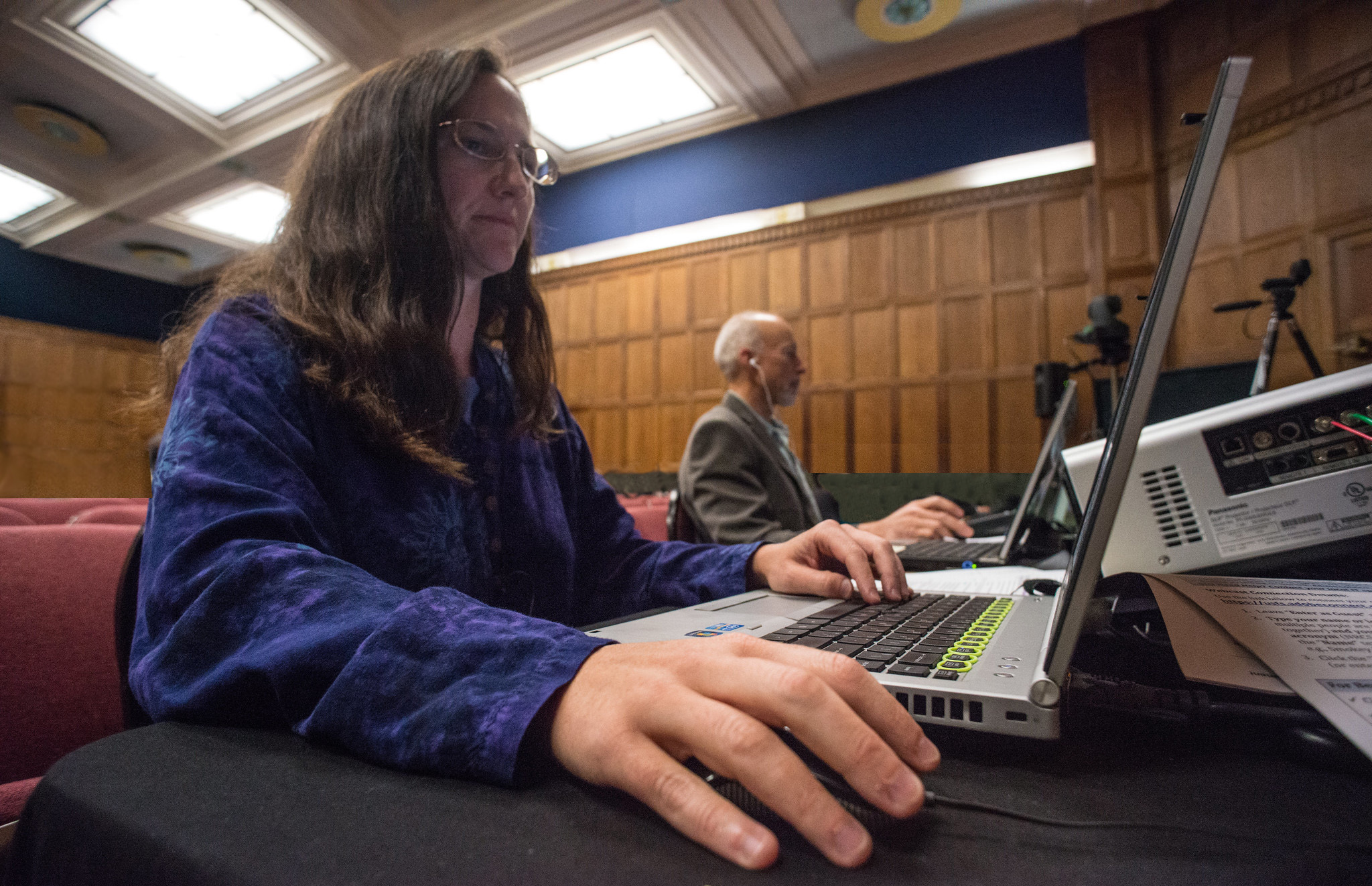
Written by Kari O'Neill, former SDSU Extension Community Vitality Program Manager.
Participation in government is a right of all citizens that leaders fought for when our country began. Ensuring that residents can turn out to voice their opinions during this time of balance with public health means governing bodies have had to be creative in their approach to doing business.
We’ve likely all seen photos of chairs spread apart in meeting rooms and the use of technology becoming more common. As citizens, we need to press governing bodies to continue to make access to public meetings as easy as possible for all people.
South Dakota’s public meeting law states that all official meetings, including teleconferencing must be open to the public, unless members of a political subdivision are attending a meeting of the state. If violated, it is considered a class two misdemeanor.
Public meetings can be closed if business involves legal matters; employee or student performance; labor negotiations; and pricing strategies by publicly owned competitive businesses (South Dakota FOIA Laws).
The law is important to keep citizens involved at all times in the decisions being made by government. Even though the pandemic is uncharted territory for all of us, keeping an ear to local public meetings is a responsibility we each bear in our democracy. Citizen input is needed to offer new perspectives, ideas and opportunities for communities.
Meeting Techniques
Many meetings have used these techniques to promote public health:
- Using Zoom or other video technology to broadcast meetings (both for elected officials and the general public).
- Setting up a go-to email account or dedicated person to take phone calls or text messages for public comment, and giving the public a chance to phone or email comments on agenda items.
- Opening in-person meetings to ten people at a time, with folks encouraged to stay six feet apart.
- Making hand sanitizer and wet wipes with alcohol easily accessible at in-person meetings.
- Allowing time for comments to be taken online or by phone before a major change in law or policy is voted on by elected officials.
- Taking roll-call votes for transparency and ease of recording.
- Setting up a chat room for discussions online.
The goal of public meetings should be that everyone who wants to participate can participate. Will it be ideal? Probably not. However, in some ways, new participation could happen due to citizens paying more attention and not being nervous about standing up in front of a room full of people. Changes are usually not easy, but working through this will be important.


